The 2-1/2 Gallon Water Extinguisher
Mostly thought of as a piece of equipment that the truck company utilizes, “The Can” is a formidable piece of equipment in the hands of a well-trained firefighter. Every engine I have ever come across has one tucked away in a cabinet somewhere. Sadly, it rarely comes off the rig and is rarely ever put to work to its full potential.
But why would I use an extinguisher when I could just stretch a line?
I’m glad you asked; now let’s take a look at some answers.
The Setup…
You are dispatched to an automatic alarm at the local library on a Thursday evening just after closing time. The truck company is tied up on another alarm or, if you’re a volunteer department, you are the only engine on the road for what seems like a “routine investigation.”
Dispatch advises you that you will have a building rep on scene in two minutes since they just left. You have been here roughly a dozen times yourself and are already convinced the alarm activation is “nonsense.” You make entry, check the panel and find that the alarm is coming from a smoke detector in the basement. You make your way downstairs and through the second door you begin to pick up the smell of smoke. Your entire crew is committed within the building.
Now what?
The water can is a tool that in itself can put out an impressive amount of fire. But unless we have been trained in its proper use we will not be using the tool to its full capability. We will examine two ways we can use the can: to properly knock down and extinguish a small fire, and to “confine” a fire.
Now back to the library scenario. This can easily go two ways. We could have a small trash can fire or a free burning fire in a small storeroom.
If we were to just take the can and discharge it into a small trash can fire, we run the risk of blowing the contents all over and technically spreading the fire out of its original area. Instead we can simply place a gloved finger over the nozzle of the can to break up the stream and create a spray. This will in itself knock the fire down to the point that we can extinguish it fully.
Simple enough, right?
In the case of a room that may be involved in fire, we need to hold the fire to that room. Yes, we could simply close the door to confine it; however, if fire is lapping out of the upper portion of the doorway we will need to first “push it back” with the can in order for us to do so. If there happens to be no door on the fire area, we can also effectively hold the fire to that room until the engine has a line in place to extinguish the fire fully using this technique.
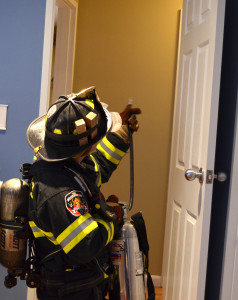
Aim the stream at the upper portion of the doorway to push the fire back. (Photo courtesy of Courtney Fling)
Operating from the floor, we will aim the stream to the upper portion of the doorway and discharge the extinguisher in short bursts, preferably rotating the nozzle in a clockwise manner like it was a hose line. This will push the fire back into the room of origin allowing another member to close the door. A six-foot hook or Halligan would be preferred here to grab the door to get it closed.
If there was no door, the extinguisher would be operated in the same manner. Once the fire makes its way back out of the door we would use the same technique to hold it to that door until the engine came in to complete the job.
In a future article, we will take a look at a few modifications we can make to a basic water extinguisher to further increase its capabilities and its ease of use.
Please leave any further tricks or experiences you have with any of these techniques for discussion in the comments section below.
Photos courtesy of Courtney Fling.
Read additional articles on the can here!
The 2-1/2 Gallon Water Extinguisher – Uses
Taking Care Of The Can – Part 1 – Recharging
Taking Care Of The Can – Part 2 – Inspection and Maintenance
Taking Care Of The Can – Part 3 – Carrying and Modifications
Additives For The Can


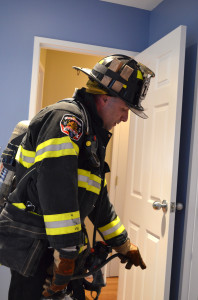
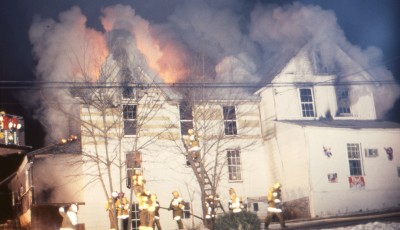
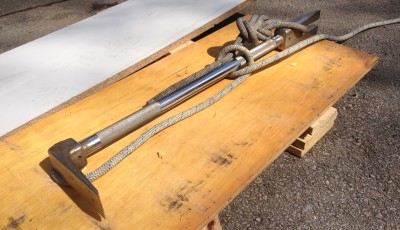
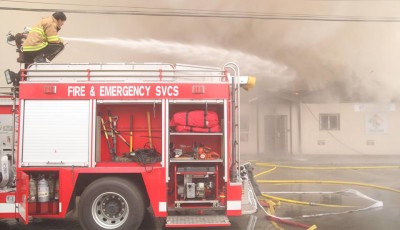
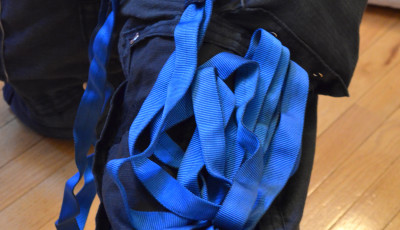
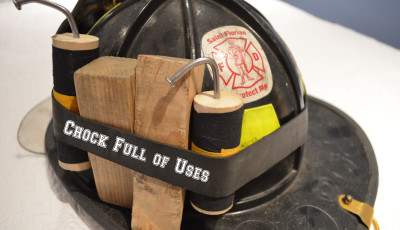
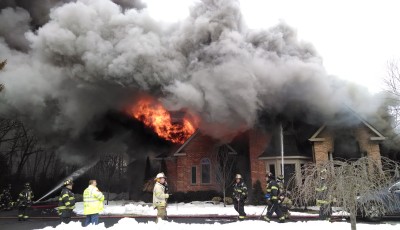
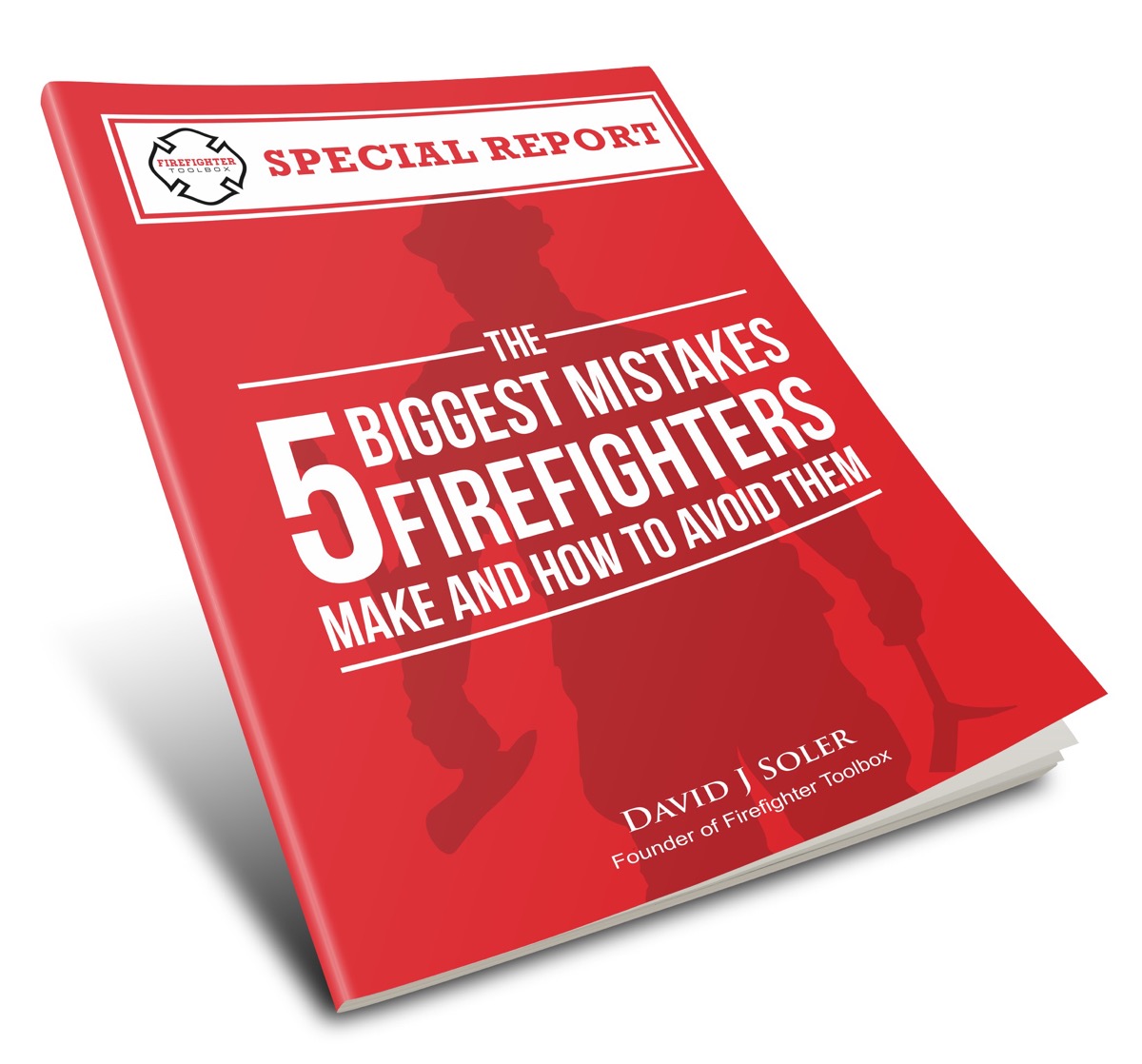



Great article, Chief.
Our department SOP is to add 4 ounces of Class A foam to our pressurized water extinguishers. We find that this gives us greater extinguishing ability.
I agree with Syd… Great Article Chief!!
Also Syd has a point with his departments SOP…
Fire Chemicals Work!! Here is an example…
https://www.youtube.com/watch?v=1vgJdugxkHs
Thank you so much for the compliment and comments Rob and Syd. Many departments add some foam to their water cans, some use dishwashing soap instead of foam as well. I prefer an additive in the can to be honest, it makes the tool much more versatile as far as the types of fire I can apply it too. I am glad you found the article informative.
I use one of these in my recovery truck at several different race tracks. I substitute one quart of water for a quart of Cold Fire additive. Works well on methanol fires associated with sprint cars. These last surprisingly longer than you would think. Great article about a great tool.
I have seen these used at quite a few race tracks myself. You are correct, they last surprisingly long and most certainly can knock down or extinguish quite a bit of fire. I always encourage new members to experiment and to get experience with the can. The only experience so many probies have with a water can is carrying it.
Great to see another article re the can…great tool…and YES…add about 1/2 cup Class A foam and take it to another level. Only draw back is when I carried is in the chief buggy…- 20 weather and the can were not compatible…and never could find antifreeze that was compatible with the foam. GREAT TOOL !
Thank you for the comment Doug, appreciate you taking the time to read.
These extinguishers come in very handy in areas prone to brush fires to knock down the leading edge when the fire is too far for hose lines to reach. A little soap, as already suggested, works good in the extinguisher.
No expense to refill and easy to pressurize from the engine’s air pump at the scene too. No harm in grabbing it.
Great tip Jack, here in the north east brush season is starting to kick off. I have never used the can as a first shot on a brush fire. I am going to give it try. Thanks for commenting!
Also a great tool on search and rescue operations within a structure. I’ve used them a few times while searching through buildings and encountered fire where the can is all you need.
Excellent point Eric, I actually address searching with the can in an upcoming article. Thanks for the comment.
I’m not saying it would be compatible but have you tried -35 windshield washer fluid? I’ve had to use it in other applications and it worked well but I’m honestly not familiar enough with the class A foam.
Our dept puts 1/2 cup foam in extuinguisher….as previously stated for brush fires , Lt and myself grabbed 2 cans and got ahead of brush fire and with the cans managed to keep brush fire from jumping road into a well vegetated area…just using can to knock flames down in spurts.
Add the foaming stuff to the can and use it as an emergency wet line backfire barrier. Finger the straight stream to create a fan pattern and wet the vegetation in an unbroken line around a trapped vehicle or house and then use a torch or traffic fuse to light the fuel close to the wet line. The oncoming headfire will cause an updraft to draw the backfire which will consume the fuel between you and the headfire.